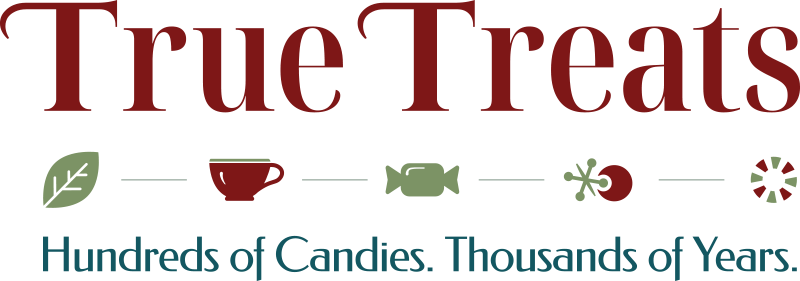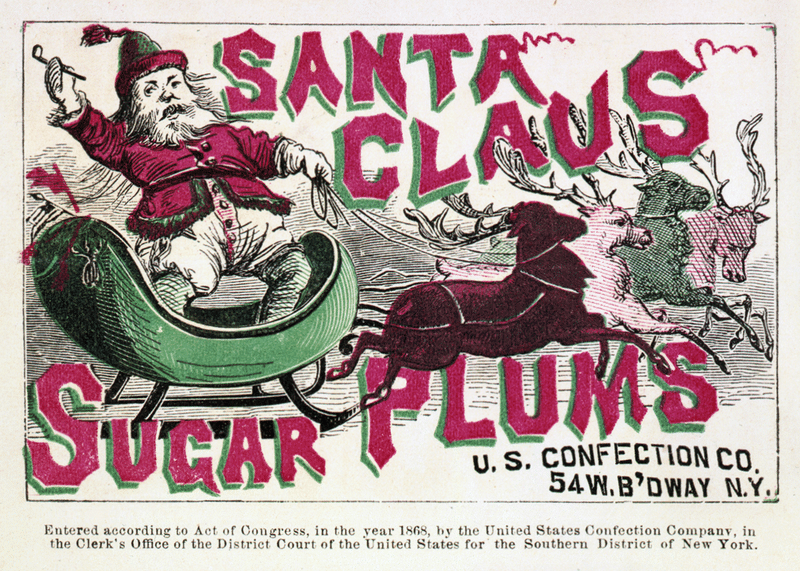So what is a sugar plum? Actually, they go back to the 1500s – maybe even earlier. To make sugar plums, skilled craftsmen apprenticed for years, absorbing the nuances of a trade that makes Julia Child look like a scullery maid in comparison. First, he coated seeds or nuts with gum Arabic, then put them in a “balancing pan,” suspended over a large, low fire, and rolled them in sugar syrup. To keep the coating even and the sugar from crystallizing, he kept the seeds and nuts in constant motion, stirring them with one hand and moving the pan with the other. He controlled the temperature of the heat by controlling the intensity of the fire.
Once the candy was coated, the confectioner set it aside where it dried for a day or two, then began the process again, stirring and moving, adding layer upon layer over a period of weeks. In the last stage, the sugar coating smooth as glass, he often added a flourish of color, mulberry juice or cochineal for red, indigo stone for blue, spinach for green and saffron for yellow.
These sugar-coated bits were no gob-stoppers, but eaten with great decorum, after medieval meals in fourteenth century Paris. In the early 1700s, they were given as gifts, particularly the sugar-coated almond with its symbol of joyous beginnings.[iii]
The name “sugar plum” appeared inThomas Decker’s Lanthorne and Candlelight,[iv] in 1608 but had nothing to do with plums, prunes, or any sort of poached fruit. Instead “plum” referred to the word “good.” “Sugar plum” equals “good sugar.” Given the cost and time involved in producing them, the sugar plum was also associated with money. If someone was giving a bribe, they were said to be stuffing that person’s mouth with sugar plums. “Plum” was also 18th century slang for a large amount of money.
- From my book Sweet as Sin (Littlefield and Rowan, 2016)
Want to try one? We have the 1600s variety, and the late 1700s variety aka cream filberts.
OH – and we have a delicious late-1800s variety you probably wouldn’t consider a sugar plum – the jaw breaker!







